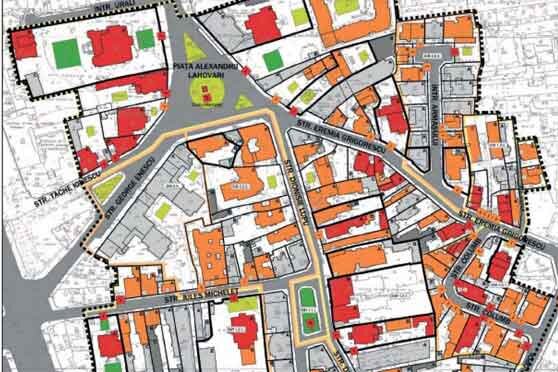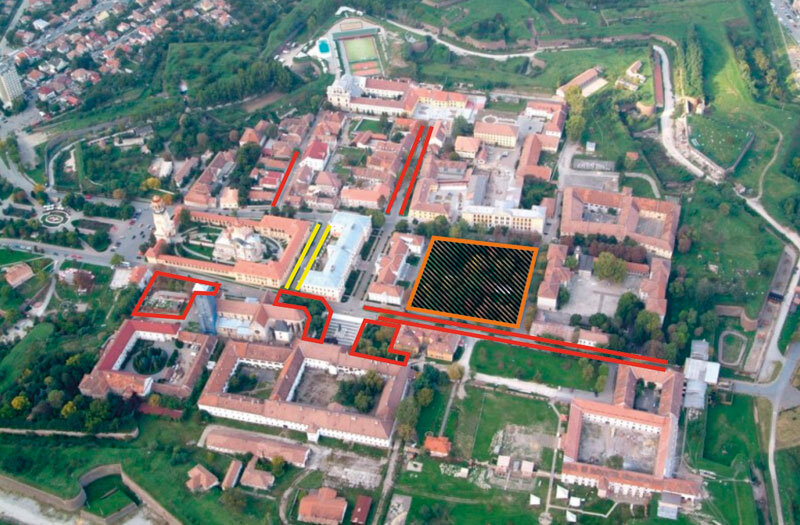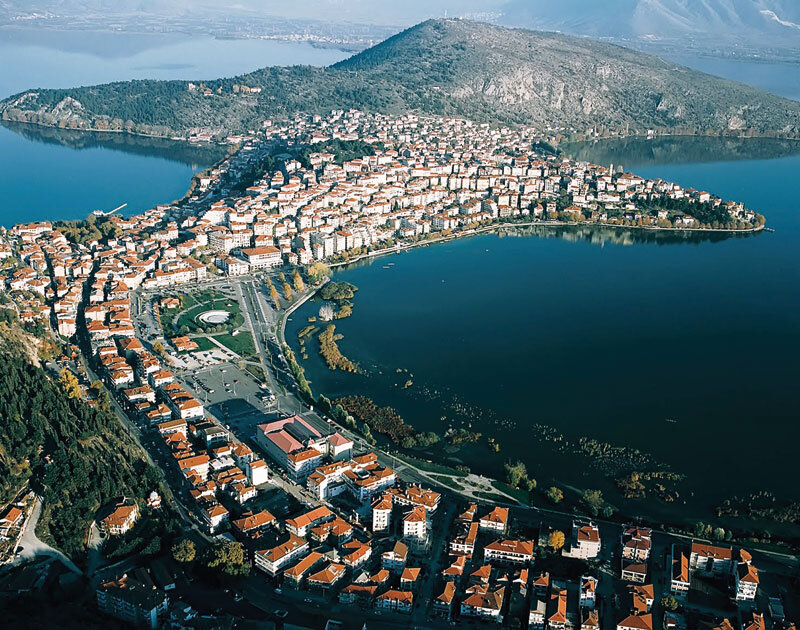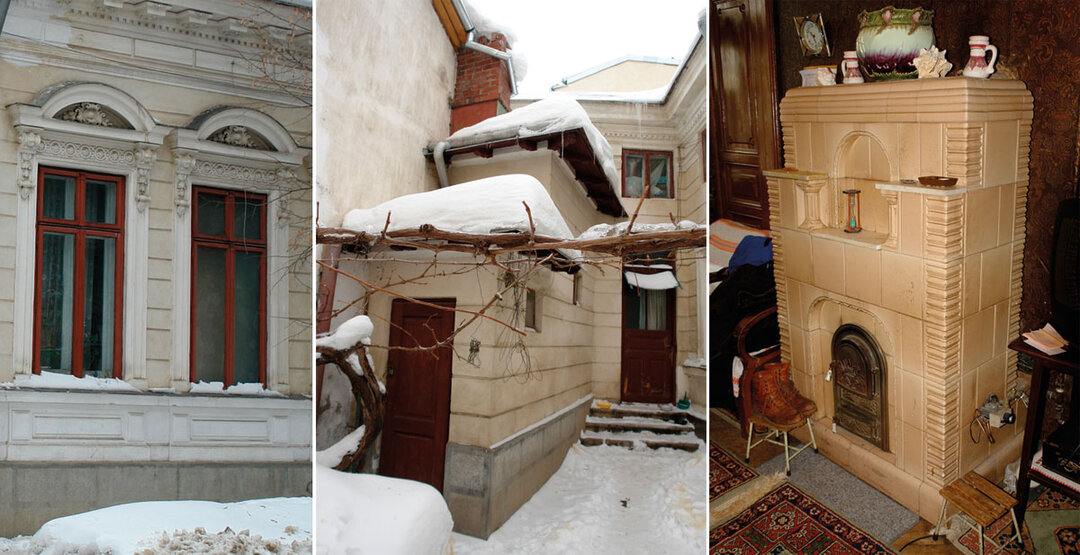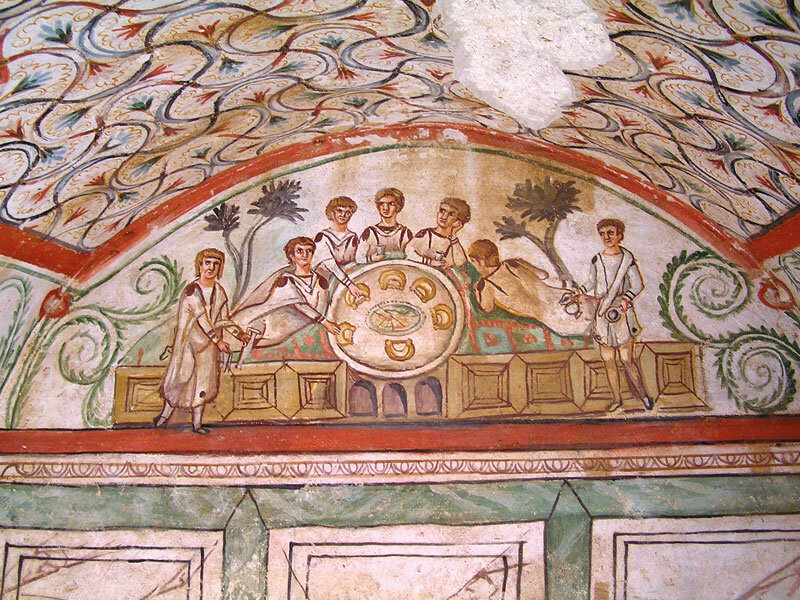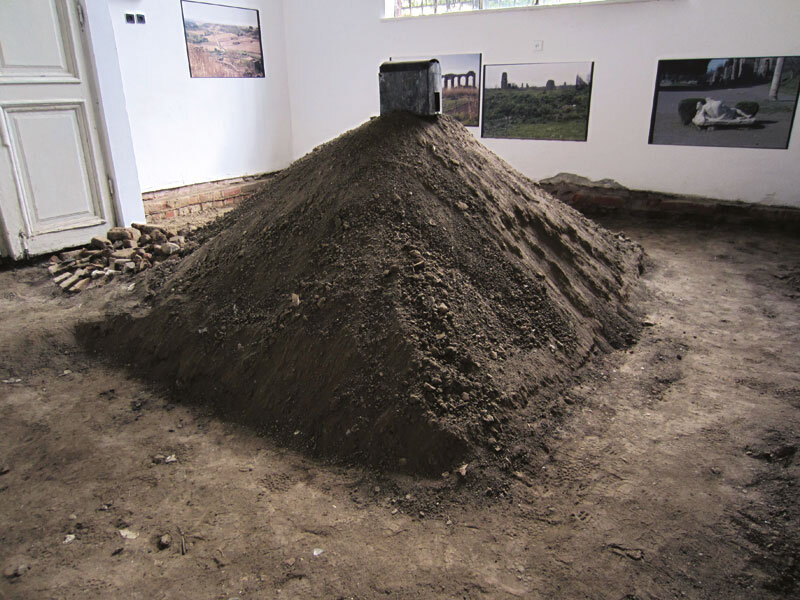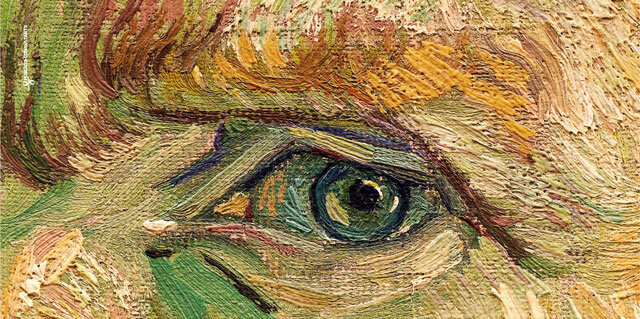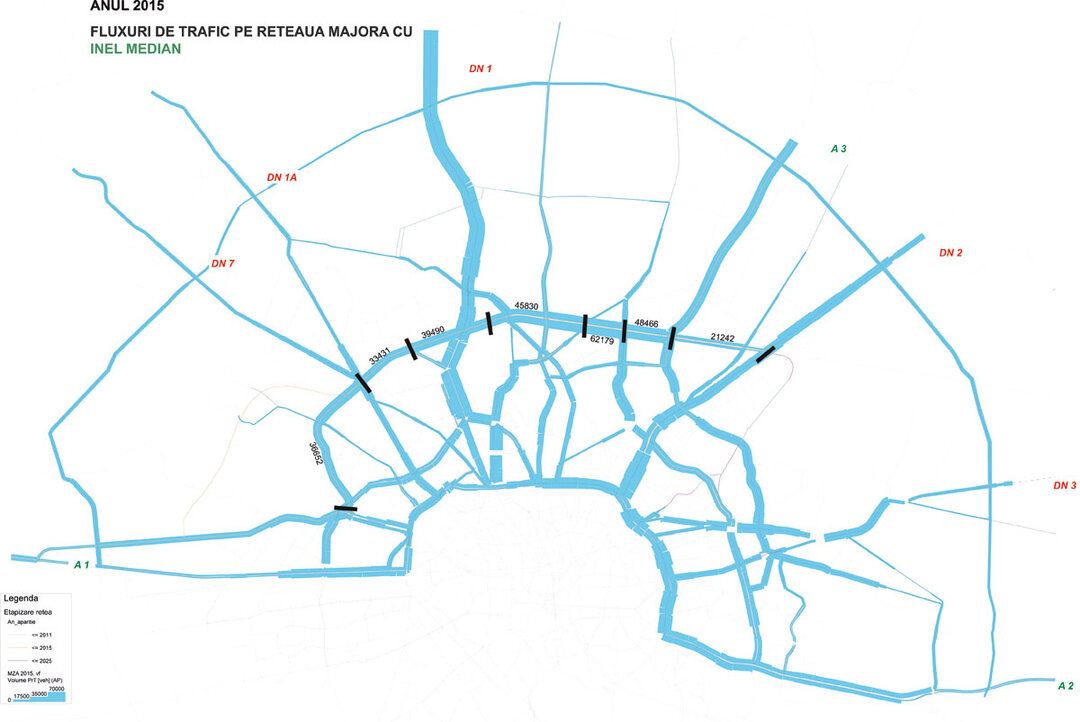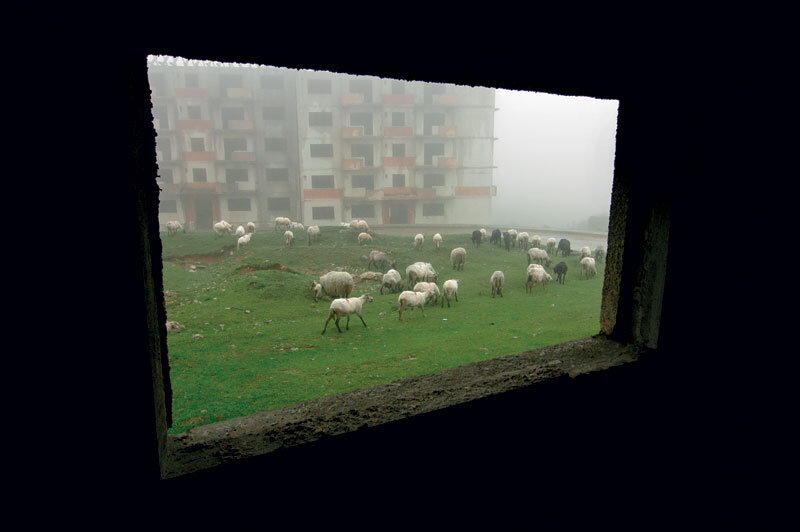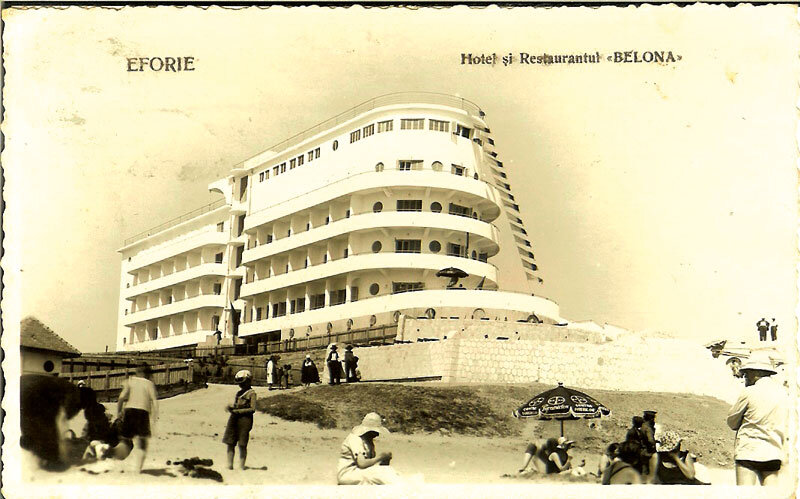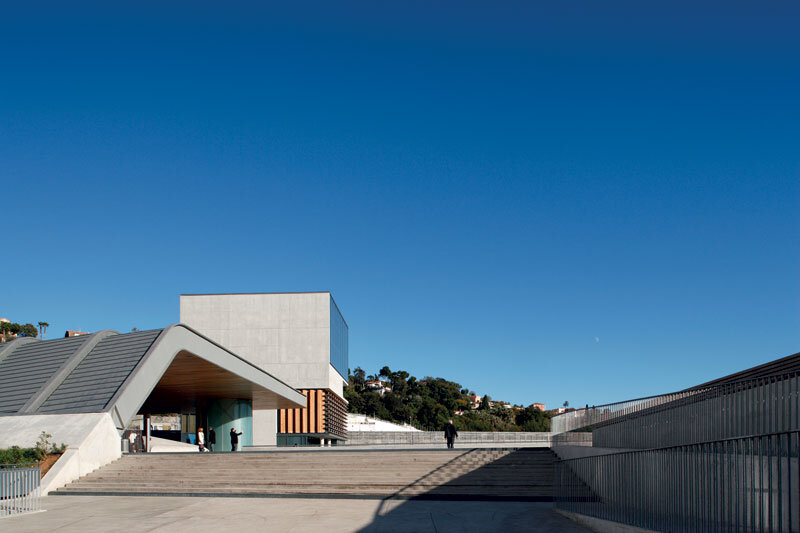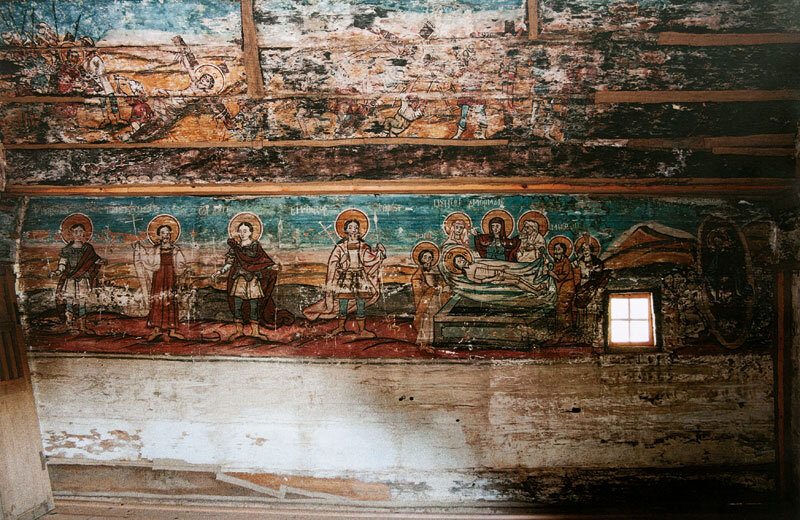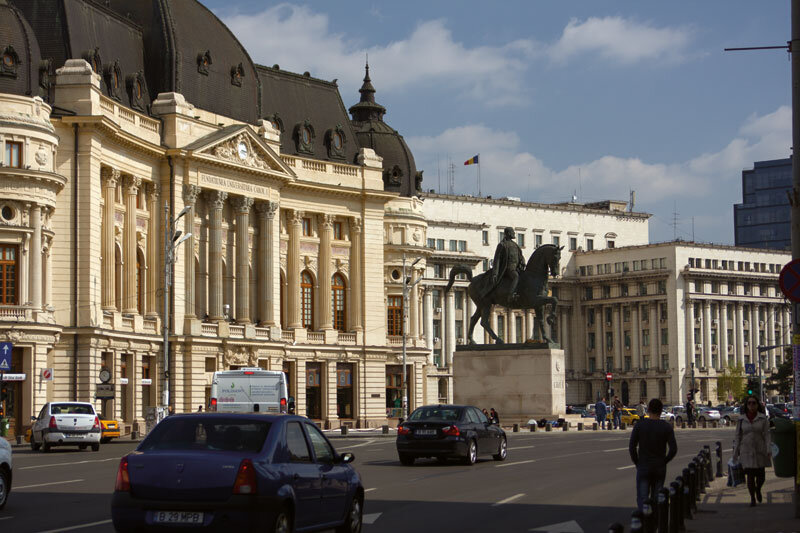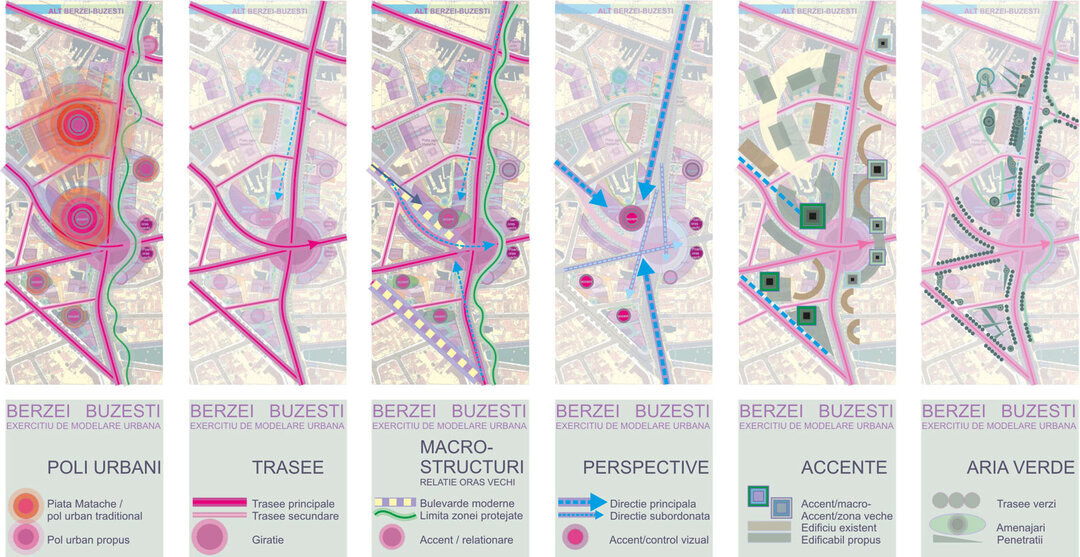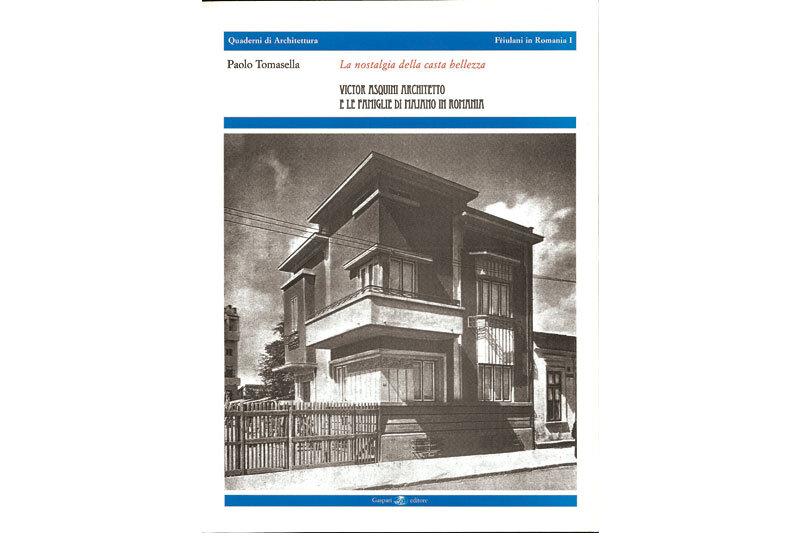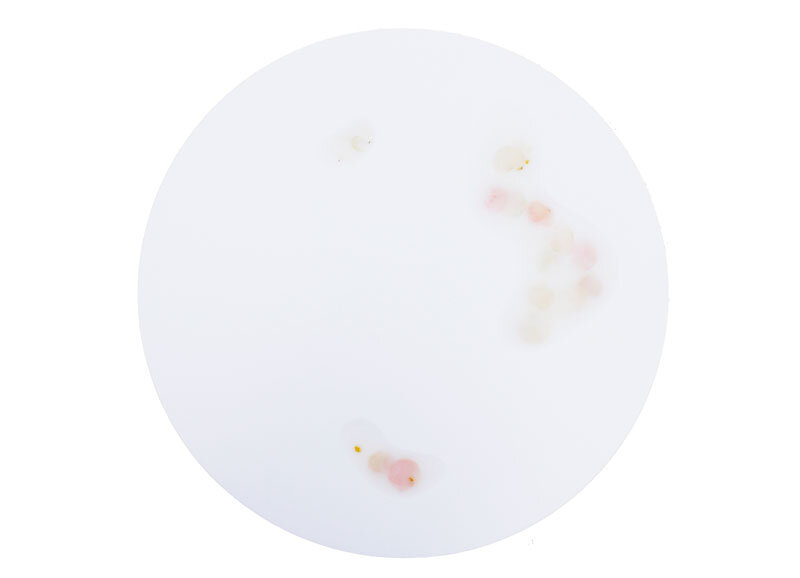
O pierdere pentru patrimoniul cultural Bucureștean
A loss for the cultural heritage of Bucharest
| Declanșarea procedurii legale de clasare a ansamblului arterelor de circulație din nordul orașului a fost inițiativa Filialei București a Ordinului Arhitecților din România. Șoseaua Kiseleff, Bulevardul Aviatorilor (Șoseaua Jianu) și Bulevardul General Prezan, la care se referă studiul întocmit împreună cu Horia Moldovan, fac parte din patrimoniul urban de prim rang al Bucureștiului, iar clasarea lor pe lista monumentelor ar fi putut fi un gest de recunoaștere oficială a valorii lor urbanistice, pe care însă Ministerul Culturii nu l-a făcut.Studiul a subliniat calitățile cu totul particulare ale acestui ansamblu de artere, în concordanță cu Normele metodologice de clasare și evidență a monumentelor istorice, aprobate prin Ordinul Ministrului Culturii și Cultelor numărul 2260 din 2008. Cele mai importante argumente sunt enumerate mai jos.
Vechimea ansamblului, ca arteră nouă, modernă, a Bucureștiului, este printre cele mai mari. Începând cu prima jumătate a secolului al XIX-lea, când a fost realizată prima porțiune a Șoselei Kiseleff (cea dintâi arteră nouă a orașului), continuând cu Bulevardul Aviatorilor, până la mijlocul anilor 1930, când a fost realizat Bulevardul Prezan, odată cu amenajarea Parcului Herăstrău și, cu mici completări, în spiritul celor anterioare, după cel de-al Doilea Război Mondial, a fost definitivat acest ansamblu care reflectă etape succesive ale gândirii urbanistice pe durata unui secol. Dincolo de logica existenței arterelor în sistemul de circulație, acesta are câteva valori urbanistice cu totul deosebite. În primul rând, configurația spațială remarcabilă: linearitatea este accentuată prin profile transversale foarte variate. Diversitatea profilelor transversale conferă caracter diferit fiecăreia dintre ele: Șoseaua Kiseleff, cu trotuare largi, amplasate în mijlocul unui spațiu verde generos; același profil îl are Bulevardul General Prezan; în fine, Bulevardul Aviatorilor are cel mai complex și mai amplu profil transversal, prin existența, pe părțile laterale ale profilului similar cu al Șoselei Kiseleff, a câte unei circulații auto de interes local, bordată de trotuare spre proprietățile învecinate. În al doilea rând, schimbarea direcției, marcarea intersecțiilor cu alte străzi și, în fine, ritmarea parcursului liniar al arterei se face prin intermediul unor piețe (de circulație) de formă circulară, de amploare considerabilă: Piața Victoriei, rondul I, Piața Arcului de Triumf, Piața Presei Libere, piața din dreptul Gării Băneasa, pentru Șoseaua Kiseleff, respectiv Piața Victoriei, Piața cu statuia Aviatorilor și Piața Charles de Gaulle pentru Bulevardul Aviatorilor. Trebuie subliniat faptul că dimensiunile piețelor, prin razele care determină geometria riguroasă a acestora, ca și distanța dintre ele, pe parcursul arterelor, conferă o anvergură, o „respirație”, cu totul deosebită întregului ansamblu, în raport cu spații publice similare situate în zonele accentuat urbanizate ale orașului. În al treilea rând, prezența unor elemente având rolul de capete de perspectivă, care întrerup perspectivele lungi, contribuind și ele la ritmarea mare, amplă a arterelor, asigurând controlul marilor axe din punctul de vedere al percepției acestora: Arcul de Triumf, Statuia Aviatorilor și Casa Presei Libere. În fine, plantația de aliniament masivă, bogată, prezentă pe toate cele trei artere, contribuie în mod semnificativ la conferirea caracterului acestora. Consecvența cu care a fost utilizată până în prezent plantația de tei, intercalată cu castani, are un rol deosebit în unificarea imaginilor spațiale, subliniind unitatea celor trei artere. Trebuie subliniat faptul că în ce privește istoria localităților urbane din România nu s-a semnalat, în întreaga țară, un ansamblu similar, care să fi fost realizat începând cu prima parte a secolului al XIX-lea, cu o varietatea atât de mare a profilelor transversale, menținut în prezent într-o stare foarte apropiată de cea inițială. Prin urmare, acest ansamblu este unic în România; din acest motiv, apreciem că valoarea acestuia este excepțională. Ultimul aspect care trebuie semnalat, dar la fel de important ca acelea de mai sus, este că a intrat, cu multe decenii în urmă, în memoria colectivă a populației. Acesta a devenit, încă din timpul lucrărilor de amenajare a Șoselei Kiseleff, la mijlocul secolului al XIX-lea, unul din locurile preferate de promenadă ale bucureștenilor din înalta societate. Treptat, în special după 1900, Șoseaua Kiseleff a devenit locul predilect de plimbare, extins, după 1930, și la Bulevardul Aviatorilor (Șoseaua Jianu). Cele trei artere sunt și astăzi locul de promenadă preferat de bucureșteni. Proiectele avute în vedere de municipalitate, de realizare a celor două pasaje subterane, în Piața Charles de Gaulle și, respectiv, în Piața Presei Libere, alterează, pe porțiuni importante, caracterul arterelor, prin dispariția plantației, a benzilor înierbate pe care se află aceasta, prin apariția, în schimb, a rampelor și tunelurilor de subtraversare a piețelor. Fără a comenta finalitatea practică a acestor pasaje, generând pătrunderea spre centrul orașului a unui număr mare de vehicule, fapt care este de mult depășit de practicile urbanistice europene, nu putem decât constata că ele pun, în mod cât se poate de evident, sub semnul întrebării modul în care primăria și proiectantul înțeleg și respectă istoria orașului, iar Ministerul Culturii își îndeplinește menirea de protecție a patrimoniului național. |
| It was at the initiative of the Bucharest Branch of the Order of Romanian Architects that legal proceedings have been set under way to list as historic monuments the ensemble of thoroughfares in the north of the city. Chaussée Kiseleff, Aviatorilor Boulevard (Chaussée Jianu) and General Prezan Boulevard, which are the object of the study I have drawn up together with Horia Moldovan, are part of Bucharest’s highest ranking urban heritage, and their listing as historic monuments would have been a gesture of official recognition of their urbanistic value, if the Ministry of Culture had agreed to do so.The study emphasised the highly individual qualities of this ensemble of thoroughfares in concordance with the Methodological Norms for the Listing and Recording of Historical Monuments, passed by Order no. 2260 of the Ministry of Culture and Religions in 2008. The most important arguments are given below.
The ensemble is among the oldest of Bucharest’s modern-style thoroughfares: beginning in the early nineteenth century, when the first section of Chaussée Kiseleff (the city’s first new thoroughfare) was laid out, continuing with Aviatorilor Boulevard up until the mid-1930s, when Prezan Boulevard was created, at the same time at Herăstrău Park, and with minor additions, in the spirit of what had gone before, after the Second World War, the ensemble reflects the successive stages of urbanistic thinking over the course of more than a century. Apart from the logic of its thoroughfares within the system of circulation, the ensemble also has a number of wholly distinct urbanistic values. In the first place, there is its remarkable spatial configuration: the linearity is accentuated by highly varied transversal contours. The diversity of these transversal contours confers a different character on each of the thoroughfares: Chaussée Kiseleff, with its broad pavements, is situated in the middle of a generous green space; General Prezan Boulevard has the same contour; and Aviatorilor Boulevard has the largest and most complex contour, given the existence, along the lateral parts of a contour similar to that of Chaussée Kiseleff, of local access roads with sidewalks leading to neighbouring properties. In the second place, changes in dire-ction, the marking of intersections with other streets, and the rhythm of the linear course of the thoroughfares are created by means of circular plazas of considerable extent: Piața Victoriei, Rotunda I, Piața Arcului de Triumf, Piața Presei Liberei, and the plaza by Băneasa Station, on Chaussée Kiseleff; and Piața Victoriei, the plaza with the Aviators Monument, and Piața Charles de Gaulle, on Aviatorilor Boulevard. It should be emphasised that the dimensions of the plazas, thanks to the radiating streets that determine their rigorous geometry, as well as the distances between them along the course of the thoroughfares, lend the ensemble as a whole a sweeping scale and “respiration” that is entirely distinct from similar public spaces in other, heavily urbanised areas of the city. In the third place, there is the presence of features that play the role of focal points interrupting the long perspectives, contributing to the overall rhythm of the thoroughfares, creating a controlled perception of the wide avenues: the Triumphal Arch, the Aviators Statue, and the House of the Free Press. Finally, there is the large, rich vegetation of all three thoroughfares contributes to their specific character. The consistency with which lindens interspersed with chestnut trees have been planted hitherto plays an especial role in emphasising the unity of the three thoroughfares. It should be emphasised that as far as Romanian urban history goes, nowhere else in the country is there a similar ensemble, created in the early nineteenth century, with such a great variety of transversal contours, and preserved in a condition so close to its original state. Consequently, the ensemble is unique in Romania. Therefore, we consider that it is of exceptional value. The final issue that should be emphasised, one that is just as important as the foregoing, is that the ensemble has been part of the collective memory for many decades. As early as the mid-nineteenth century, when Chaussée Kiseleff was being laid out, it was one of the favourite promenades of Bucharest’s high society. Gradually, and after 1900 in particular, Chaussée Kiseleff became a popular place for strolls, which extended to Aviatorilor Boulevard (Chaussée Jianu) after 1930. The three thoroughfares are popular with the citizens of Bucharest even today. The projects planned by the Municipality, which will involve two underpasses, one in Piața Charles de Gaulle, the other in Piața Presei Libere, will alter the character of significant sections of the thoroughfares, resulting in the loss of tree-covered grassy areas, which will be replaced by ramps and tunnels. Without commenting on the practicality of these underpasses, which will allow a greater volume of motor vehicle traffic to reach the centre of the city, something that is long out of date in European town-planning practice, we cannot help but observe that they throw into question, in the starkest possible way, the manner in which the City Hall and the designer understand and care about the city’s history, and the manner in which the Ministry of Culture carries out its task of conserving the national heritage. |

